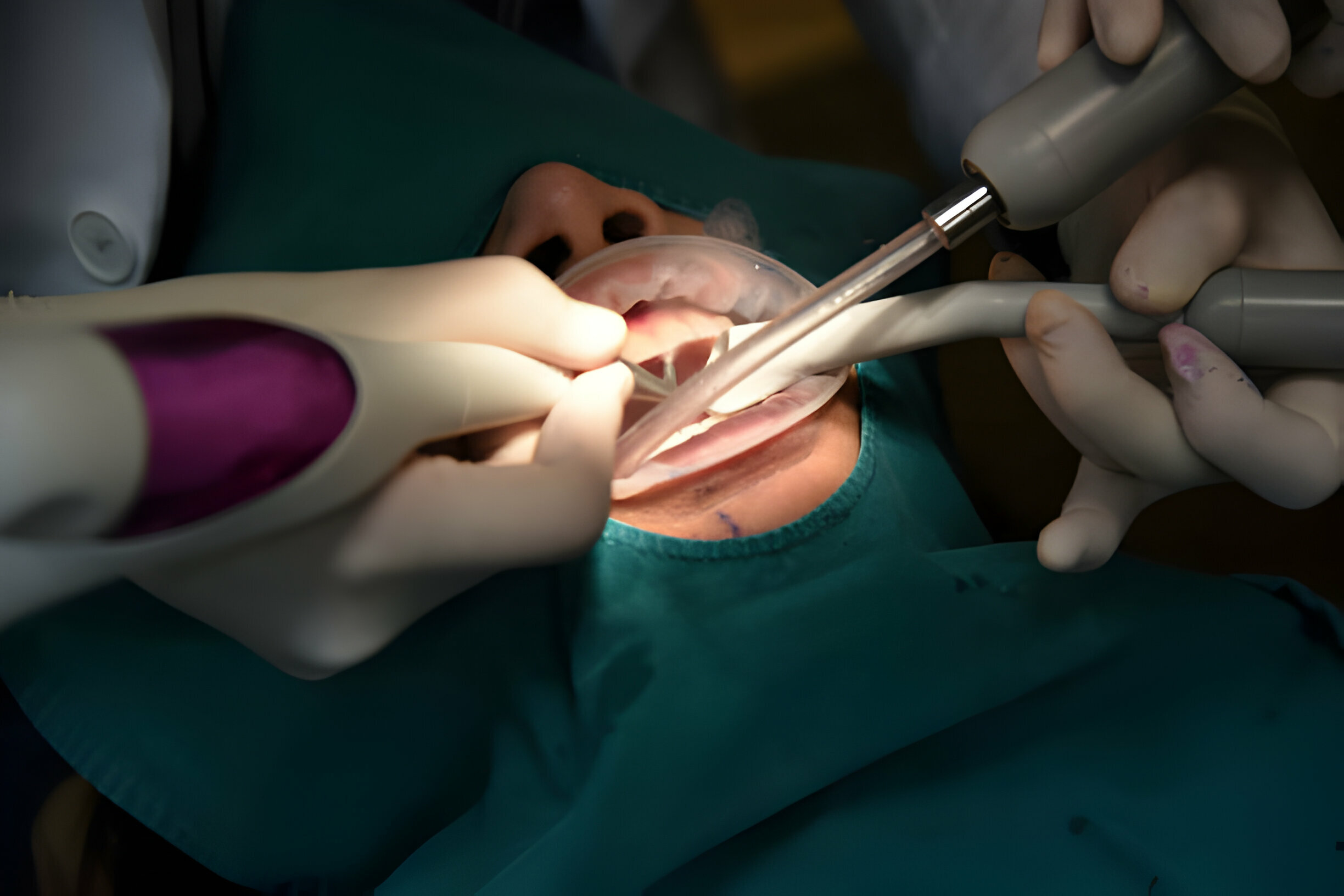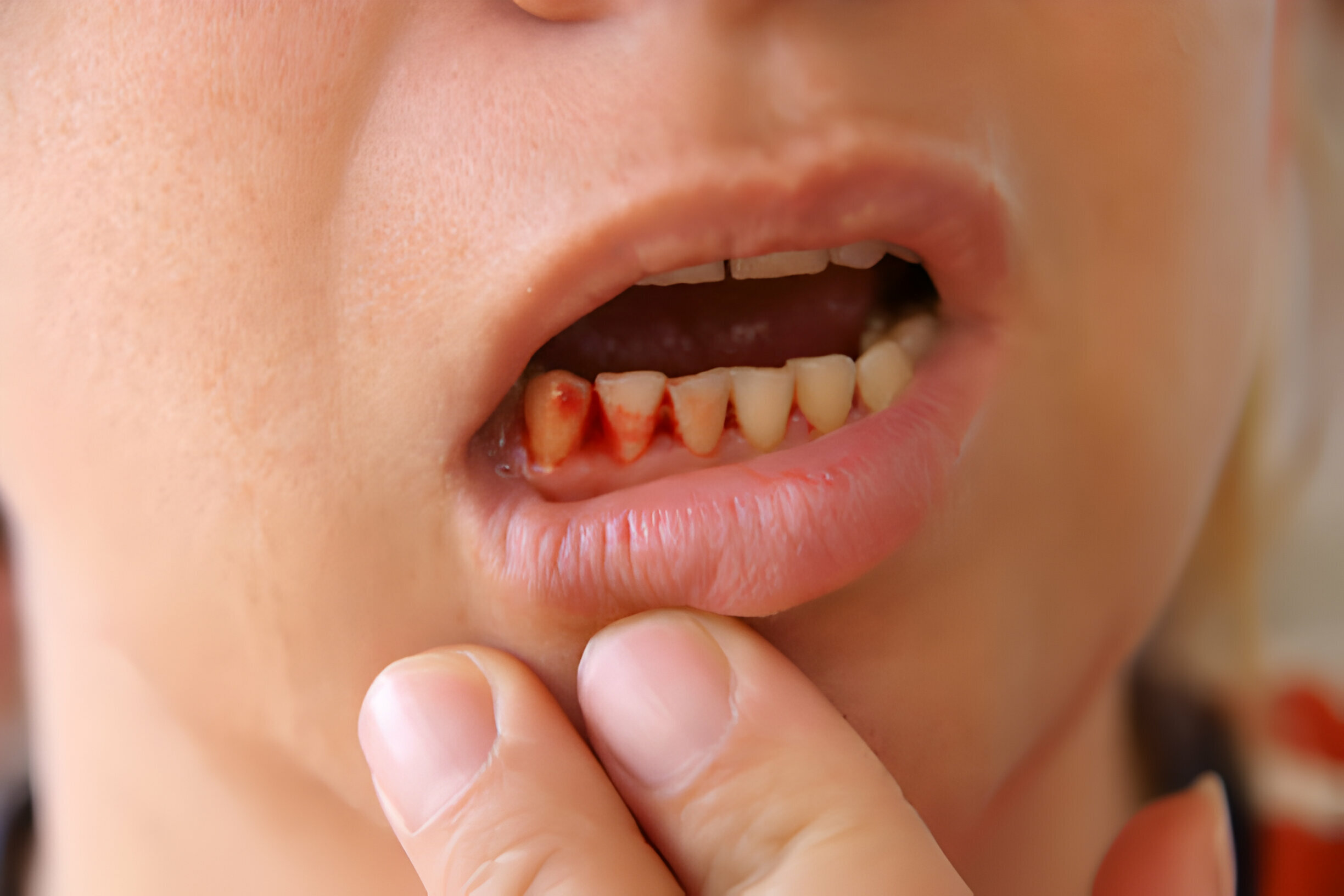Summary:
Brushing and flossing your teeth regularly isn’t hard to follow!
Besides, following regular oral hygiene can help you improve your oral health, flaunt a flawless smile, and avoid undergoing gum disease treatment.
Interestingly, almost half of all adults aged 30 or older have some type of gum disease.
Wonder why? Following everyday oral care isn’t enough. You must have a few strategies to keep gum diseases at bay.

Let’s learn more about these treatment options with topics like:
- Gum Disease – The Different Warning Signs
- The Different Stages of Gum Diseases
- 7 Tips to Keep Your Gum Healthy
- Tips to Ensure Gum Health for Your Child
Continue reading as we understand more about effective gum maintenance in the following sections.
Gum Disease – The Different Warning Signs
Gum disease results from prolonged plaque accumulation under and along the gum line. Plaque is a sticky film-like material that contains microorganisms.
While it may seem harmless, plaque is very harmful when left untreated. It can cause infections that damage the gums and bones, resulting in gum disease and tooth decay.
What’s more? In advanced stages, plaque can also result in gingivitis, the early stage of gum disease. Recognizing the early stages of gum disease increases your chances of repairing the damage and preventing future advancement.
Here are some other early warning signs of gum disease:
- Bleeding Gums: One of the most obvious symptoms of poor gums is bleeding. If your gums bleed when flossing or brushing, it’s time to pay attention.
- Receding Gums: If your teeth look longer than usual, it might be because your gums are receding. This indicates that periodontal disease is progressing at an advanced stage.
- Persistent Bad Breath: Persistent foul breath or a terrible taste in your mouth might suggest gum disease. It is caused by bacterial growth, leading to plaque.
- Loose Teeth: In severe stages, the bones supporting your teeth may be damaged, resulting in tooth movement.
The Different Stages of Gum Diseases
Injury to the gum is reversible, and it does not affect the bone and tissue that hold the teeth in place.
If your gum disease advances to such a stage, it’s best to consult a Sundance periodontal professional. Periodontitis affects the bones that keep your teeth in place. If left untreated, it can harm the gums, bones, and tissues that support your teeth.
The last stage of gum disease is advanced periodontitis. This is when the fibers and bones that support your teeth are damaged. It can affect your bite, and teeth may need to be removed.
7 Tips to Keep Your Gum Healthy
1. Brush the teeth properly
Brushing your teeth properly is critical to maintaining a healthy mouth and gums. The American Dental Association (ADA) recommends the following guidelines:
- Brush your teeth twice daily with fluoride toothpaste to maintain gum health.
- Use a soft-bristled toothbrush and fluoride toothpaste for effective brushing.
- Replace the toothbrush every 3 to 4 months or sooner if the bristles get frayed.
- Brush your teeth at a 45-degree angle to the gums.
- Move the toothbrush with brief strokes.
Besides, while you’re at it, clean the insides of the front teeth accurately. Tilt the brush vertically and make several brief strokes for better cleaning.
2. Choose the right toothpaste
Most supermarket aisles have several toothpaste options, from whitening to baking soda-based versions. When buying toothpaste, be sure it contains fluoride and has the ADA stamp of approval on the package.
3. Floss daily
Many individuals ignore regular flossing, although the ADA recognizes it as a vital element of dental care. Flossing helps to eliminate food and plaque from between the teeth and gums.
If food and plaque stay in these regions, they can become tartar, a hard accumulation of germs only a dentist can remove. Tartar can result in gum disease.

4. Rinse your mouth with care
Many people rinse their mouths after brushing their teeth. However, the use of fluoride products like toothpaste should be complemented by the right oral hygiene routines.
When a person rinses their mouth with water after brushing their teeth with fluoride toothpaste, they remove the fluoride. When someone rinses their mouth after eating, it removes food and germs that might cause plaque and tartar.
5. Use mouthwash
Periodontists suggest that there are two types of mouthwash: cosmetic and therapeutic, each serving different purposes. As the name suggests, cosmetics are designed to whiten teeth, whereas therapeutic mouthwash helps restore oral health.
It’s essential to choose the right mouthwash. Here’s how a therapeutic mouthwash can help:
- Prevent gum diseases.
- Reduce the quantity of plaque on your teeth.
- Slow down the rate at which tartar grows.
- Remove food particles from your mouth.
However, mouthwash should not be used as a substitute for brushing and flossing.
Individuals should seek the ADA seal when buying oral care products. This mark denotes that the producer has provided sufficient evidence to support the product’s safety and efficacy. Expert dentists in Gallup, New Mexico, also state that children under six should not use mouthwash.
6. Get regular dental checkups
Dental checkups usually include a professional cleaning of the mouth. Professional cleaning is the only technique to eliminate tartar from the teeth. It can also assist in removing plaque that you may have missed when brushing your teeth.
Through frequent visits, a dentist can help recognize the early indications of gum disease and gingivitis, which causes the gums to become inflamed. Early identification can help prevent more serious issues from developing.
7. Stop smoking
Smoking hampers the immune system, making a person more prone to gum disease. Dentists recommend quitting smoking promptly to reduce the chance of acquiring gum disease. Consumption of other tobacco products can also raise the risk of gum disease.
Tips to Ensure Gum Health for Your Child
Your child’s primary or baby teeth are as important as their permanent teeth. Baby teeth enable a youngster to eat and communicate. They serve as placeholders for eventual permanent teeth.
If your child loses a baby tooth due to decay, the space in the mouth can be altered, making it harder for the adult tooth to form properly. With this in mind, it is ideal to begin providing appropriate dental care for children during infancy.

Here are some tips that assist you in maintaining your child’s teeth and gums:
- Wipe their gums with a warm, damp towel regularly, even before your child’s teeth emerge. This eliminates sugars from the gums and allows a newborn to get familiar with the sensation of brushing their teeth.
- Babies and toddlers should not sleep with bottles or sippy cups. Milk and juice contain sugars, which can lead to tooth disease if left on the teeth for a long time.
- As a baby approaches one year of age, begin introducing them to a sippy cup. The idea is to stop using bottles by their first birthday.
- Allow toddlers to drink water from sippy cups between meals. Besides, try limiting their intake of sugary juices.
Once a baby’s teeth appear, brush them twice daily with a soft toothbrush. Use a bit of fluoride toothpaste, no larger than a grain of rice. Children aged 3 to 6 may use a pea-sized quantity of toothpaste.
Takeaway
- While it may seem harmless, plaque is very harmful when left untreated.
- Periodontists suggest that there are two types of mouthwash: cosmetic and therapeutic.
- Once a baby’s teeth appear, brush them twice daily with a soft toothbrush.
- Smoking compromises the immune system, making a person more susceptible to gum disease.
- Don’t risk the future of your loved ones! Connect with our experts at Sundance Smiles to learn more!

